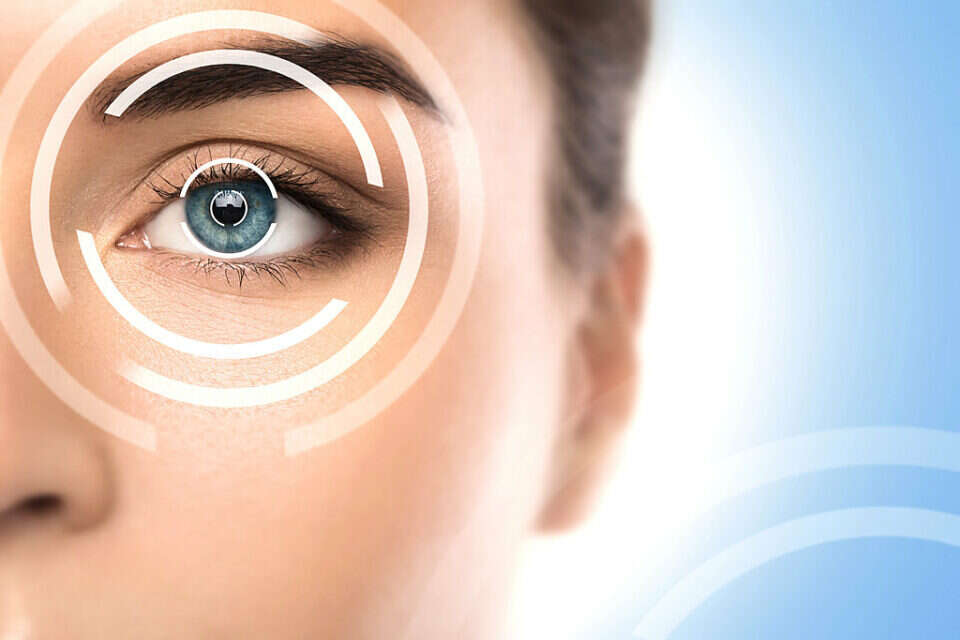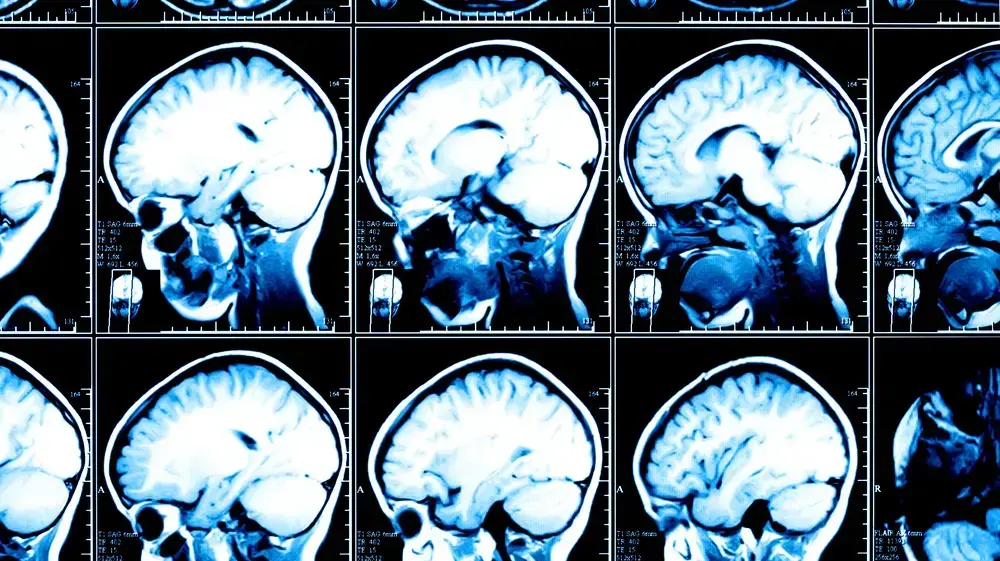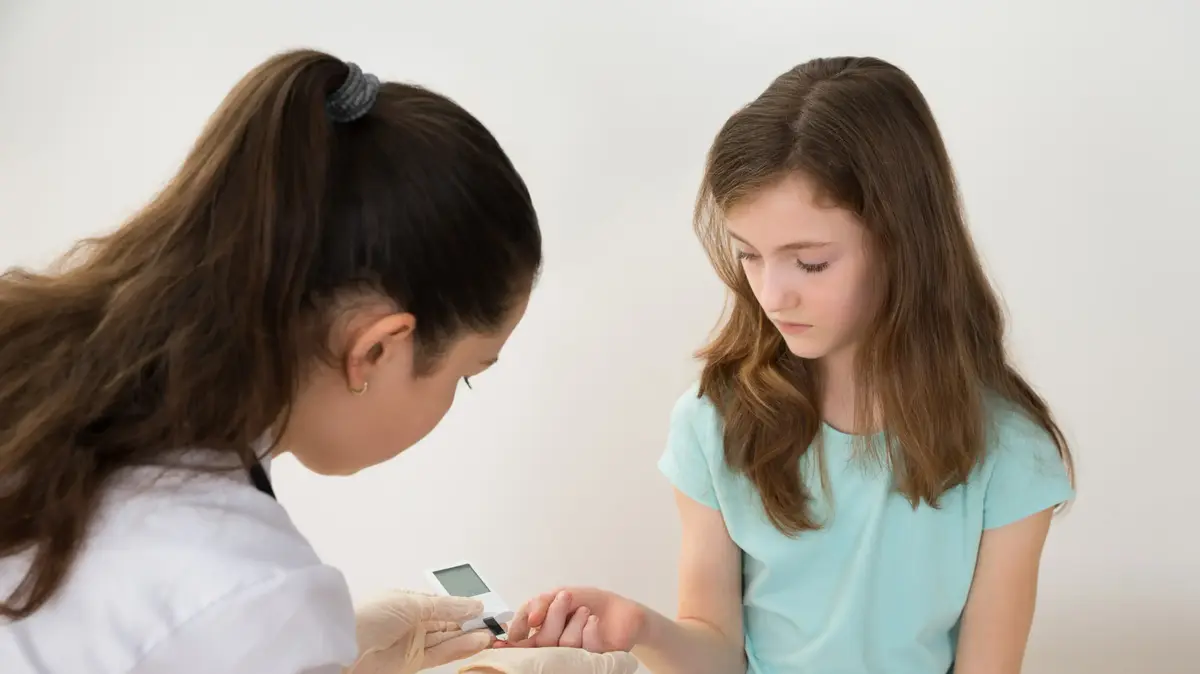Keratoconus is an inherited eye disease that causes a range of visual impairments.
It is very important to diagnose it as soon as possible and find the right solutions to prevent the situation from getting worse.
In recent years, several studies have been conducted to help understand how the disease develops and innovative treatments have been developed.
The new studies provide a basis for research into the suspicion that keratoconus is a genetic-inherited disease of the eye disease.
A recent study that turned the shape of the cornea from a dome to a cone found that the cause of corneal disease and weakness and its deformity was related to an enzymatic imbalance that could free up the proteins in the cornea and change its structure.
The source of that enzyme deficiency is genetic.
A fact that reinforces the hypothesis that keratoconus is a hereditary disease.
According to Prof. Ariela Gordon-Shag, Head of the Department of Optometry at Hadassah Academic College, "A study published in the field among Arab students in Haifa found a keratoconus incidence of 3.2%. The highest incidence was among Bedouin students - 20% had keratoconus, but there was A small relative sample. "
The researcher added that this is not a surprising finding: "There is a high prevalence of keratoconus in the Bedouin sector. In our studies we found that close marriage is a risk factor for keratoconus disease.
In this context it should be noted that this is an important finding in light of the unequivocal conclusion: in cases where a family history of keratoconus disease appears, the whole family should approach an appropriate eye examination as soon as possible.
The reported incidence of the disease is one in 2,000 people.
At the same time, there are also estimates that a larger proportion of the population suffers from keratoconus at one level or another, and that in many cases it is simply undiagnosed, due to a lack of awareness of it.
According to Arza Fruchter, a clinical optometrist at B.Sc.
Fruchter adds that "in the last decade I have noticed that most patients come from the periphery, especially from the Be'er Sheva area. This is mainly due to the high prevalence of marriages within the family (especially in the Bedouin sector) and various allergies, and lack of awareness of proper treatment."
So how is the disease diagnosed?
Fruchter explains that keratoconus usually develops in adolescence or late teens (ages 15–16 or 20).
The disease includes a decrease in vision in parallel with an increase in the cylinder.
Keratoconus patients report distorted and / or blurred vision of figures and objects.
These signs worsen with the development of the disease, which usually develops slowly and gradually over the years.
However, the disease may also develop rapidly and reach its peak in just a few months.
Many patients even report increased sensitivity to light and glare.
Were we wrong?
Fixed!
If you found an error in the article, we'll be happy for you to share it with us














